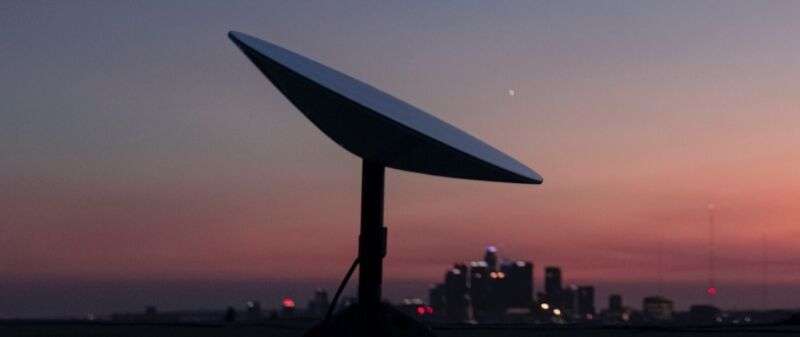
SpaceX seeks FCC broadband funds, must prove it can deliver sub-100ms latency
Hundreds of ISPs apply for $16 billion in grants to expand in rural areas. …

reader comments
31 with 23 posters participating
SpaceX, Charter, Verizon, CenturyLink, Frontier, Cox, and about 500 other companies are seeking government funding to provide broadband in rural areas. The Federal Communications Commission yesterday released a list of applicants for the first phase of the Rural Digital Opportunity Fund (RDOF), which is set to pay up to $16 billion to Internet service providers over 10 years.
SpaceX would be the first low Earth orbit (LEO) satellite provider to get FCC rural-broadband funding. The RDOF and predecessor programs generally fund expansion of wired or terrestrial wireless services by paying ISPs to expand their networks into rural areas where they would not otherwise have built.
As a satellite provider, SpaceX won’t need to install wires or wireless towers in any particular area. But traditional satellite providers have obtained FCC funding before despite already offering service throughout the United States. For example, the FCC’s Connect America Fund last year awarded $87.1 million to satellite operator Viasat on condition that it provide service in specific parts of 17 states at lower prices and with higher data caps “than it typically provides in areas where it is not receiving Connect America Fund support.”
SpaceX could follow a similar model, seeking FCC funding to offer lower-priced broadband in census blocks that lack service, meeting the FCC’s speed standard of 25Mbps downloads and 3Mbps uploads. We asked SpaceX about its plans for the FCC funding today and will update this article if we get
Continue reading – Article source




